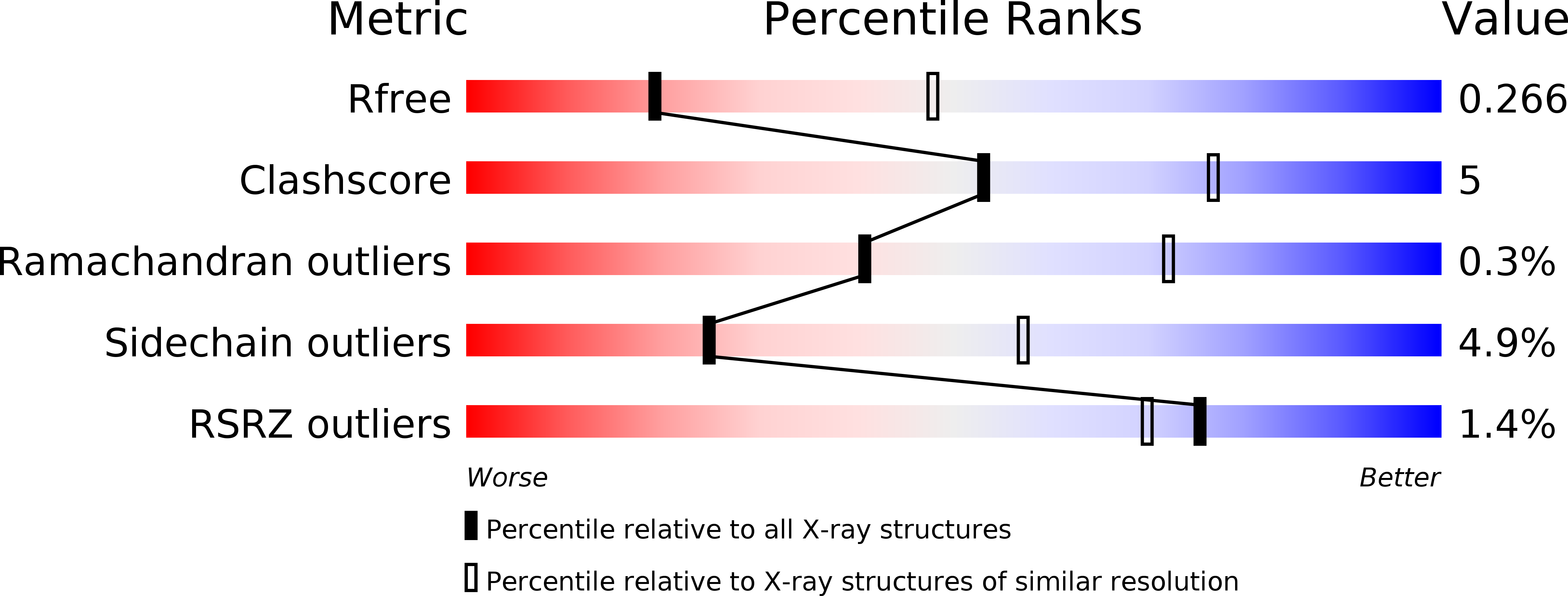
Deposition Date
2014-05-01
Release Date
2014-09-10
Last Version Date
2023-12-27
Entry Detail
PDB ID:
4PG2
Keywords:
Title:
The crystal structure of H-2Db with a S-glutathionylated peptide
Biological Source:
Source Organism:
Mus musculus (Taxon ID: 10090)
synthetic construct (Taxon ID: 32630)
synthetic construct (Taxon ID: 32630)
Host Organism:
Method Details:
Experimental Method:
Resolution:
2.80 Å
R-Value Free:
0.26
R-Value Work:
0.20
R-Value Observed:
0.21
Space Group:
P 2 2 21


